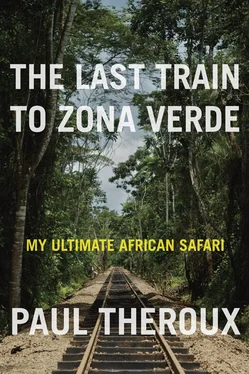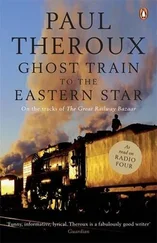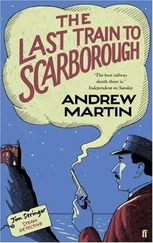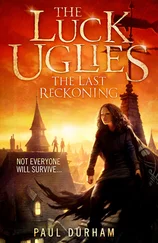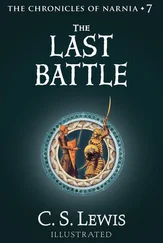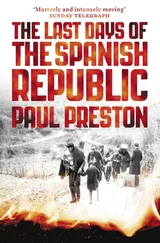These Real People, the Ju/’hoansi, had been persecuted, harried, massacred, and driven off from the moment the first whites came ashore in Africa in 1652. The whites were Jan van Riebeeck, his wife and child, and his small party of Dutchmen, who named the land Groot Schur, Good Hope, where they settled to plant vegetables for a “refreshment station” to provision Dutch ships heading to East Asia.
Finicky on the subject of race, with the Dutch temperament for fine distinctions, they created a taxonomy to describe the indigenous people, designating the goat-herding Khoikhoi as “Hottentots” (mimicking the alveolar clicks in the way they spoke), the Bantu as “kaffirs” (unbelievers — the Dutch had gotten the word from the early Portuguese, who’d heard Arab traders use it), and the!Kung San as “Bushmen,” for their preferred habitat. It was the pastoral Khoikhoi who named the San — their belittling word for “cattleless” (with the sense of being backward). All were pushed aside in the land grab by the Dutch, and though each group fought back, the so-called!Kung San fairly quickly withdrew, but not fast enough. They were hunted for sport into the late nineteenth century by the Boers. But these supposedly benighted people — self-sufficient foragers and hunters, city haters, apparently living outside the world economy — would, I believed, have the last laugh.
Even later, when these Ju/’hoansi I was visiting had plucked off their beads and laid down their bows and arrows and digging sticks, exchanging the pretty skins they wore for ragged Western clothes — torn trousers, faded T-shirts, rubber flip-flops, skirts and blouses; castoffs sent in bales from Europe and the United States — even then the curtain did not come down. The Ju/’hoansi still seemed ancient and indestructible and knowing, thoroughly habituated to their life in the bush, dealing with the outer world by quietly smiling at its foolishness and incompetence.
That is what I saw. Or was it an illusion? Perhaps what they were showing me was a persuasive reenactment of the old ways, like Mohawks in a modern pageant, wearing beaded deerskin jackets and paddling birch-bark canoes on the Hudson River. Anyone who took the Ju/’hoansi behavior as typical, as some anthropologists had written, was perpetuating a myth that had been affectionately invented, a travesty in the real sense of the word, a mere change of clothes, romanticizing a life that was antique and lost forever.
It is true that the Ju/’hoansi had been scattered and resettled, had been plagued by alcoholism, and many of them degraded by town life. But the Ju/’hoansi had kept some of their culture. Their language was intact; they still had their folktales and their cosmology; they had retained and passed on their strategies for bush survival. Many still tracked game, still hunted, though not with poison-tipped arrows; some still supplemented their diet with roots; and they could make a fire by rubbing sticks together. Their kinship system — family, relationships, dependencies — remained unbroken.
Clothed in rags rather than skins, they seemed no less the Real People. But perhaps I saw what I needed to see. Their traditional skills intact, their heads (I guessed) buzzed with the old ways. They even had their own peculiar manner of walking. Unlike the city dweller, that slouching, foot-dragging person grinning into the middle distance, the Ju/’hoansi were alert. They never sauntered or sloped; they moved fast but silently, bodies erect, listening as they flew along, treading lightly on the balls of their feet, balletic in their flight, in what was less like walking than dancing through the bush.
They were temperamentally suited to dealing with the stern austerity of the semidesert climate and had a sympathetic understanding of the animals they hunted. But they had never been a match for the people who persecuted them, including the!Kung San and the Herero people as well as the whites. Some!Kung San who had the misfortune to live near towns had been poisoned and neutralized with bubbly oshikundu , the home-brewed beer that Namibians made from fermented sorghum and sold in villages and shebeens. ( Shebeen , an Irish word meaning “bad ale,” was brought to southern Africa by migrants from Ireland and is used to describe the poorest drinking places.)
For their apparent gentleness, the complexity of their beliefs, and their ancient pedigree, foreign agencies and charities had taken a shine to the!Kung San. And so had anthropologists: the!Kung San were among the most intensively studied of Africa’s peoples. But those who patronized them had much more to learn from these people than they could teach them. They were above all a peaceable, egalitarian people who had thrived because of their tradition of sharing and living communally. Historically, they had withdrawn deeper into the bush rather than face being exterminated in a futile war. They were notably patient and consequently a contented people. They were here before anyone else — catching game, making fire, digging roots — and I was convinced that they would be here after the rest of the world destroyed itself.
They had always lived at the margin. Could any outsider in a charity-minded, money-collecting, old-clothes-dispensing organization, and the benevolent well-wishers who gave them material support, show them a better way to live? Circumstances — politics mainly — determined that the Ju/’hoansi be confined to one place, and though they were by custom nomadic they’d had to acquire farming and animal-rearing skills. But if they were historically hunter-gatherers, with a connection to the land they regarded as the living mother, wouldn’t they prevail that way?
Many Africans are people of regressed cultures, the scattered remnants of ancient realms that were demolished or subverted by slavers from Arabia and Europe — the kingdoms of Dahomey and the Congo, the vast fifteenth-century empire of southern Africa known as Monomatapa. Like the peasant folk of old Europe, a great number of Africans have lost or abandoned their traditional skills of thatching, iron-forging, wood-carving, food-gathering, farming, and the greatest skill of all, the mutual respect and fairness that help people rub along together in a congenial way. Within a few decades the majority of Africans will live in cities. Today, two hundred million people in sub-Saharan Africa live in slums, the highest number of slum dwellers in the world, according to UN-Habitat’s “State of African Cities 2010 Report.” And “slum” is a rather misleading word for these futureless places — as I was to see — of stupefying disorder.
At the town nearest to the tiny Ju/’hoansi village, the crossroads of Tsumkwe, about thirty miles down the road, there were some amenities: a shop that sold canned goods and bread and hard candy, a gas pump, and the semblance of a street market — a row of seven improvised stalls selling used clothes, meat, homemade beer, and, at the last stall, hair extensions. The stallholders yawned in the heat; business was poor.
For years I had longed to visit the!Kung San people and wander around the country. And I had another reason. For a previous book of mine, Dark Star Safari , I had traveled overland from Cairo to Cape Town down the right-hand side of Africa. This time, liking the symmetry of the enterprise, I wanted to resume my trip at Cape Town and, after seeing how that city had changed in ten years, travel north in a new direction, up the left-hand side until I found the end of the line, either on the road or in my mind.
But I had yet other reasons, just as pressing. The main one was physically to get away from people wasting my time with trivia. “I believe that the mind can be permanently profaned by the habit of attending to trivial things,” Thoreau wrote in his essay “Life Without Principle,” “so that all our thoughts shall be tinged with triviality.”
Читать дальше
